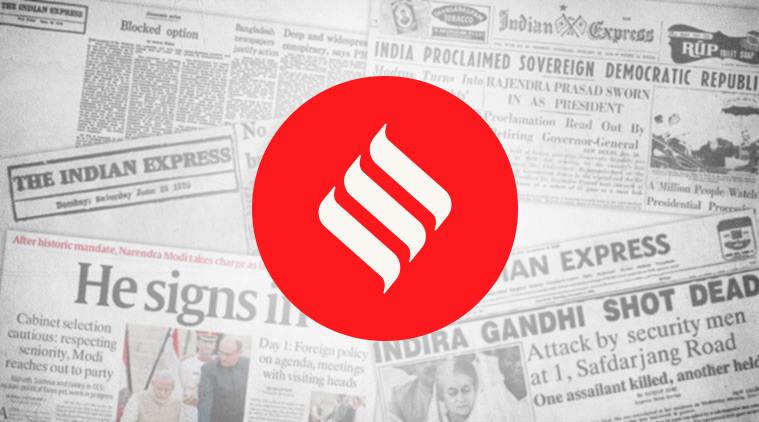
In 2014, not long after his government assumed power at the Centre, Prime Minister Narendra Modi, in a stinging criticism of the Mahatma Gandhi National Rural Employment Guarantee Act, dubbed it a “living monument” to successive Congress regimes’ failure to address poverty. By shifting the focus of public spending from handouts to the provisioning of basic amenities and productivity-boosting assets — rural roads, houses, electricity, toilets, broadband connectivity — and by replacing open-ended subsidies with targeted direct benefit transfers, he seemed to signal a break from the old welfarist model of redistribution sans growth. Yet the Modi government’s interim budget highlights the Rs 60,000 crore provision made for the MGNREGA for 2019-20 and announces a new direct income support scheme for marginal and small farmers that will cost the exchequer Rs 75,000 crore in the coming fiscal. The fact also is that this government’s term has not seen a single major case of privatisation or increase in the super-subsidised retail price of urea or rice or wheat sold through ration shops.
Almost three decades after the unveiling of economic reforms, India’s mainstream political parties are increasingly speaking the same language on welfare. The new political positioning of the BJP stands in contrast to its earlier belief that growth is the best antidote to poverty. This apparent shift may be born out of pragmatism and the fear of ceding space to its challengers. Whatever be the reason, the kind of competing welfarism that is now on show is certain to dismay sections of economic policy-makers, industry and investors. But it is also a signpost of India’s political economy at work and a reflection of the sobering fact that irrespective of the colour and stability of the regime, the direction of reform hinges on political will. Sure, there have been structural reforms over the last decade or more across governments. But there is also a clear Laxman rekha that the mainstream national parties seem to have drawn.
Given a relatively short five-year political horizon, it is natural that parties will choose to pursue at best incremental reforms, or take a gradualist approach which ensures that few boats are rocked. Yet, it is also true that in the post reforms period, no government has reversed any major policy pursued by a previous regime, thus providing a measure of comfort to business and industry. Well-meaning policies aimed at welfare maximisation or redistribution are bound to succeed only when the state has both fiscal and implementation capacity. Some of India’s leaders appear to recognise that — which perhaps explains the weak consensus for major reforms. It is all very well to say that growth will lift all boats, but ultimately, as has been said, politics is the art of the possible.